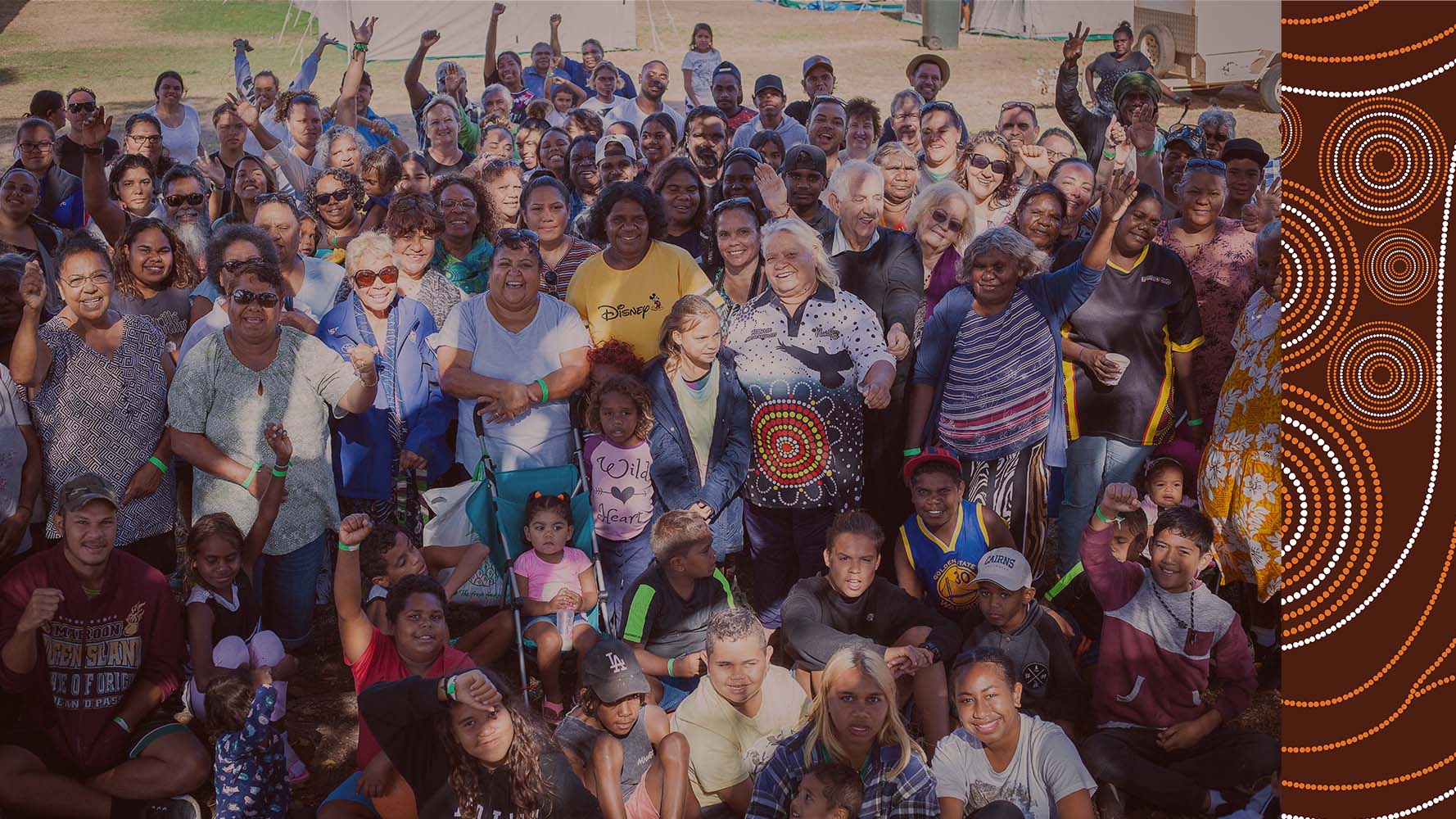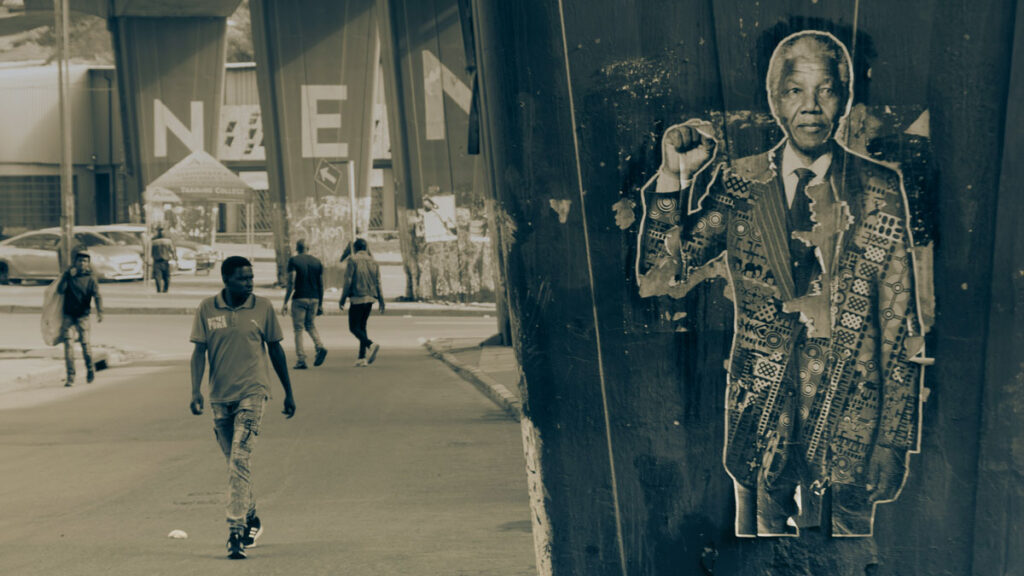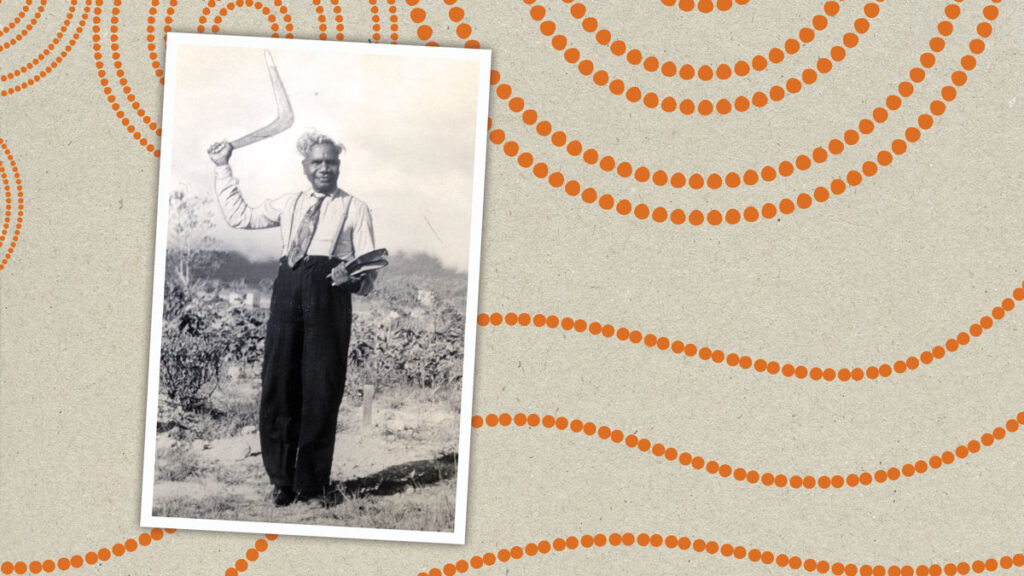The history of the Seventh-day Adventist Church and Australia’s First Peoples is mixed, but it is one of growth and of growing towards reconciliation and Indigenous empowerment and leadership.
The first Adventist missionaries arrived in Melbourne in 1885, initially focusing on evangelism in Melbourne and Sydney. However, by 1897, their ever-widening mission led the small group of Adventists to set up a committee to explore how they might reach out to Aboriginal people in Australia and to the Pacific islands. As the Church grew, pastors and church members began to work with Aboriginal communities in Western Australia, Queensland and New South Wales.
The first work of the Church with Aboriginal people is recorded in 1910 in the Kempsey region, including at Burnt Bridge and the Nulla Nulla Mission at Bellbrook, with photographs of campmeetings and evangelistic meetings suggesting that this work commenced earlier. A report of this work in Australasian Record in 1919 urged that Aboriginal people be trained to minister to their own people.
In 1913, the Church established Mona Mona Mission near Kuranda, which operated until 1962. Some of its students served as missionaries in Papua New Guinea in the 1930s. While the Church established Mona Mona with missionary intent, it increasingly worked in cooperation with the Queensland Government’s regime of Aboriginal “protection” of that time. The Adventist Church made an apology in response to the report of the National Inquiry into the Separation of Aboriginal and Torres Strait Islander Children from Their Families in 1997.
Karalundi Mission was established in 1954 in central Western Australia in response to a challenge by church member and Indigenous activist Ava Curley. Wiluna Mission was established the following year. Karalundi closed in 1974 but re-opened as an independent, Adventist-affiliated school in 1986.
In the late 1960s, a school was also established in the Macleay Valley (near Kempsey) to educate Aboriginal young people, and this region became a centre of the Church’s “Aboriginal work”. In 1975, George Quinlan—from Bellbrook—was employed as an assistant pastor in Kempsey and, in 1980, he became the first Indigenous person ordained as an Adventist pastor. He pastored across Australia and became a leading voice in Indigenous ministry.
Pastor Quinlan’s years of ministry were closely connected to the formal development of Adventist ministry to Indigenous peoples, with the first publication of Good News magazine—which continues today—and the establishment of the “Aboriginal work” as a department of the South Pacific Division, with the leadership of Pastor Bruce Roberts. In time, the department became known as Aboriginal and Torres Strait Islander Ministries (ATSIM) and transferred to the union level of church administration with the leadership of Pastor Eric Davey.
These ATSIM leaders, among other church leaders, sought to encourage the training of more Indigenous pastors and, in 1997, the first classes of what would become Mamarapha College were hosted at Carmel College in Western Australia. Mamarapha now has its own campus near Perth. Growing numbers of Indigenous pastors, Bible workers and community health workers now serve their communities across Australia as graduates of Mamarapha College.
With the creation of the Australian Union Conference, ATSIM was incorporated as a ministry department of the national leadership of the Church, with an advisory role for church leadership in relation to opportunities and issues affecting Indigenous peoples, as well as being a ministry department in most conferences in Australia. Five of these leadership roles are now filled by Indigenous pastors, including current ATSIM director Pastor Darren Garlett.
The Adventist Church’s ministry to, for and then with Australia’s Indigenous peoples grew slowly and has included missteps and mistakes. Some of these were characteristic of those periods of history, others were uniquely “Adventist”. Yet the Adventist Church can be proud of ATSIM and its ongoing work as one of the fastest-growing ministries of the Church in Australia, making a valuable contribution to the faith, health and lives of First Peoples in cities, towns and remote communities across Australia. While Indigenous peoples comprise about three per cent of Australia’s population, they are about six per cent of current Adventist Church membership.
In turn, the Seventh-day Adventist Church in Australia is enriched by the contributions of its Indigenous leaders, churches and members. Indigenous pastors now serve in a variety of ministry roles and cross-cultural contexts, and pastors and members serve on a number of church committees and advisories, making an ongoing contribution to the life and mission of our Church.
Discover more:
“Aboriginal and Torres Strait Islander Ministries, Australia” by Stephen Piez, Encyclopedia of Seventh-day Adventists, .
Remembering Mona Mona: The Mission in the Rainforest by Brad Watson (editor).
What Are Your Doing For Us? The Untold Story of Karalundi, 1954–2004 by Stephen Piez.
Pastor George: The Story of the First Aboriginal Adventist Pastor by Nathan Brown.
Nathan Brown is a book editor at Signs Publishing and author of Pastor George: The Story of the First Aboriginal Adventist Pastor.






